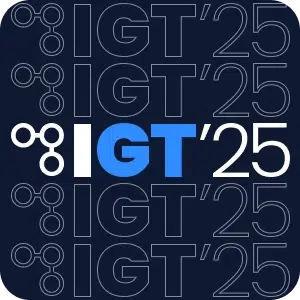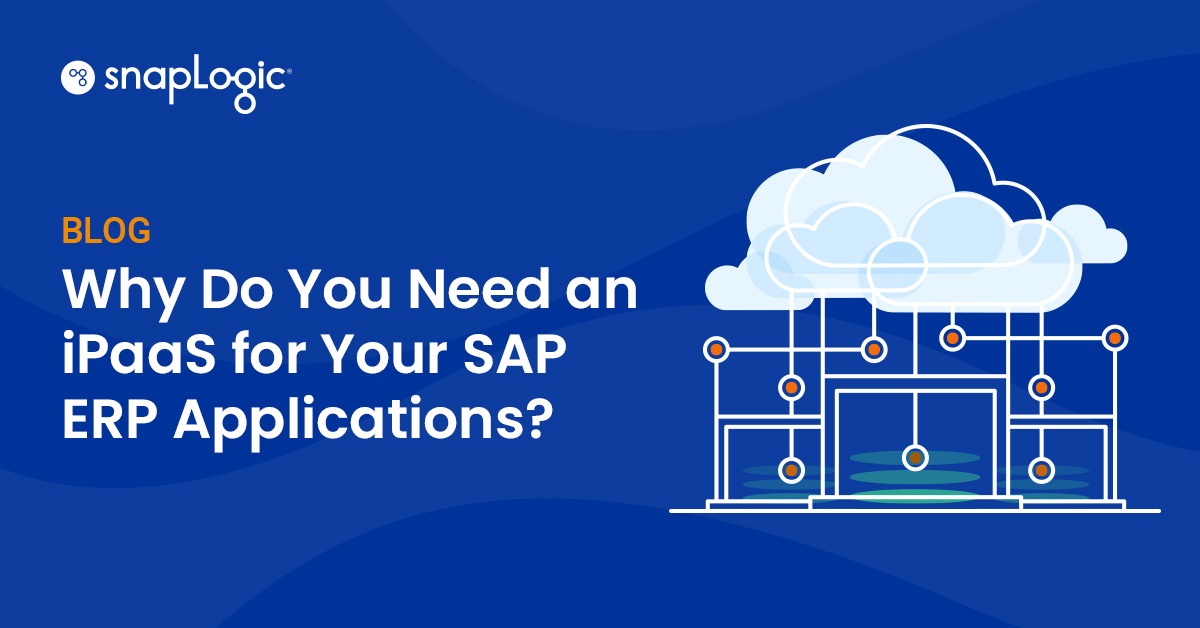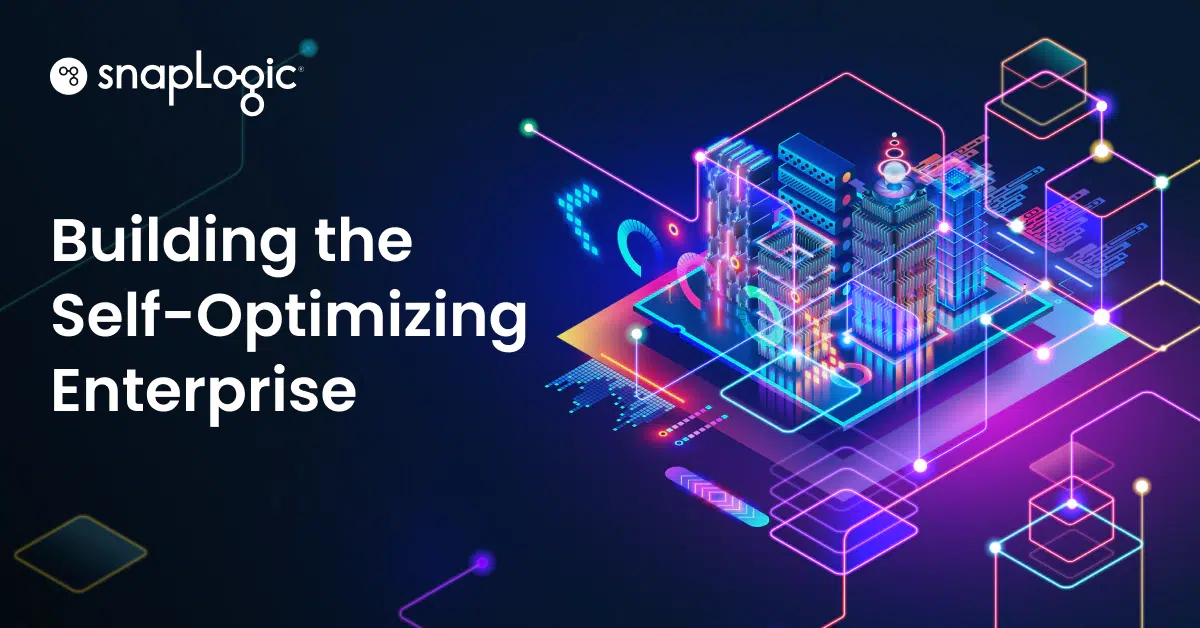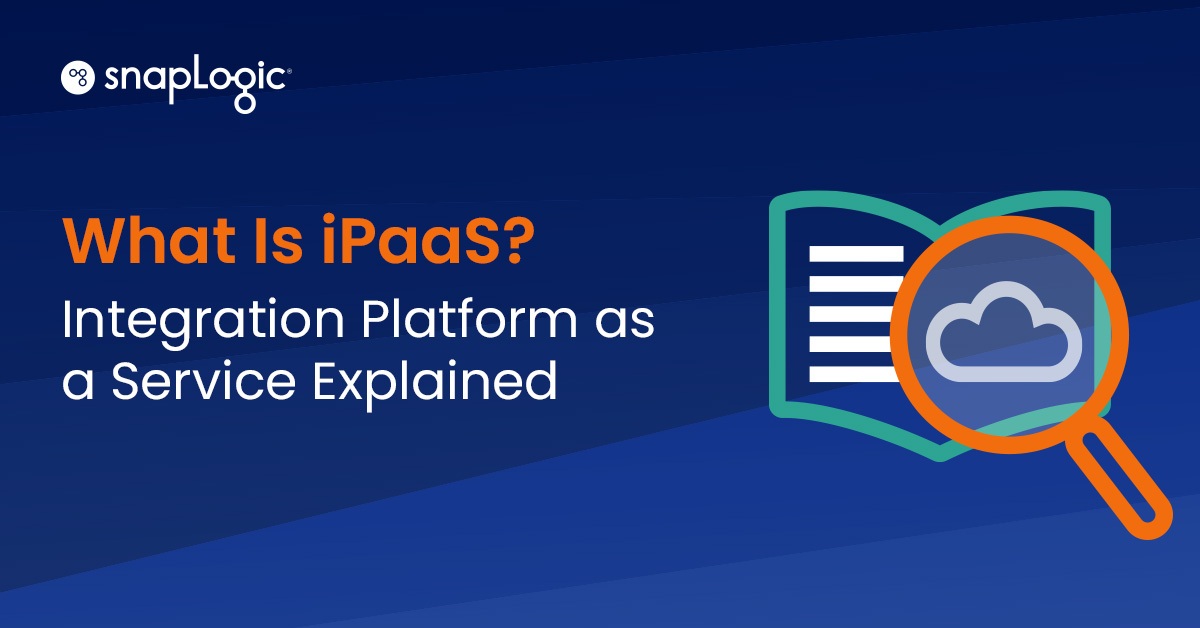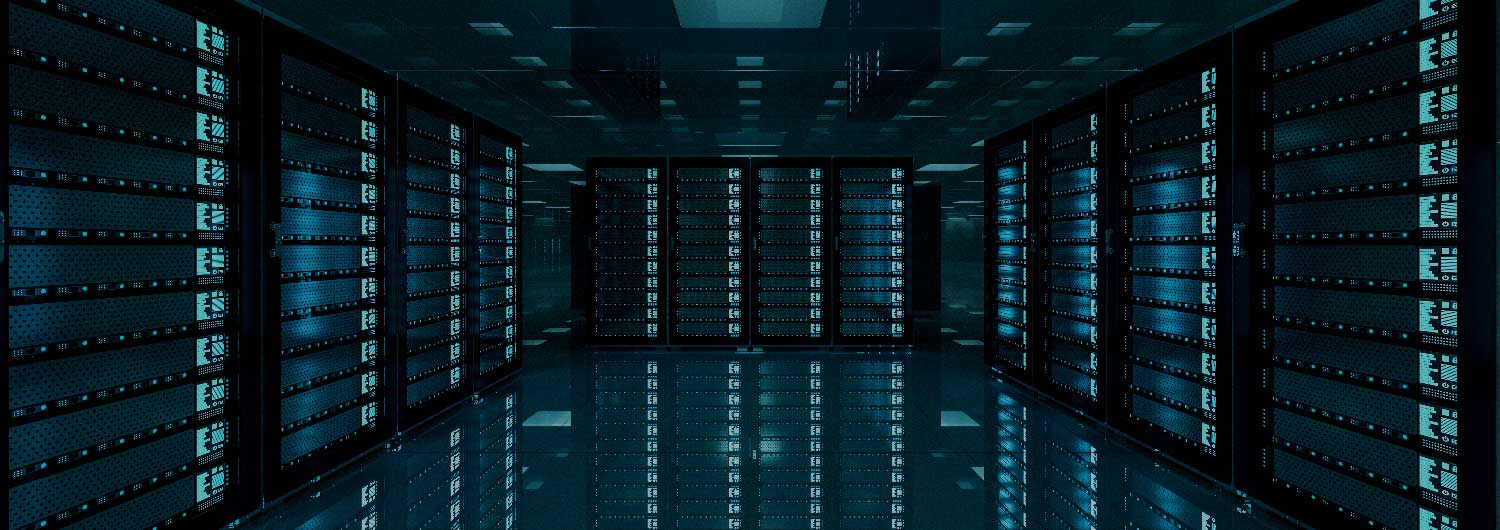SAP ERP applications are often considered the best in class ERP systems. Since pioneering the Enterprise Resource Planning software in the previous century, SAP now serves 440,000 customers and touches 72% of world’s transaction revenue. I still remember the ‘Best run companies run SAP’ ads from many years ago. (Here is a good one featuring Clive Owen.) While that ad campaign is no longer running, SAP still reigns supreme. SAP continues to innovate in the areas of AI, advanced analytics and embed those capabilities in its applications. Hence, it is no surprise that 99 of the top 100 companies in the world run SAP.
With a large number of applications spanning ERP, Supply Chain Management, Financial Management, and Spend Management domains, organizations had to rely on people who had expertise not only in individual SAP applications but also in SAP middleware platforms. Application SMEs enabled organizations to customize individual applications to their needs while middleware/integration experts helped implement the flow of data and business processes. Integration experts working with SAP systems had to factor in heavy customizations that organizations loved. Additionally, they had to deal with SAP proprietary file/data formats such as iDoc and BAPI to build and maintain such integrations. With so much complexity, standing up SAP systems was a big job requiring significant monetary and people resources both from software implementation and integration perspective. While SAP applications have evolved to the latest SAP S/4HANA ERP, the integration challenges persist.
One more advancement that came with SAP S/4HANA was the cloud version. SAP was a bit of a laggard in moving to the cloud but has fully embraced it. SAP S/4HANA Cloud provides a worry-free way to leverage in-memory computing and AI without worrying about infrastructure or software installation and maintenance. While SAP S/4HANA Cloud has obvious benefits, it adds complexity to the integration landscape with distinct APIs between the on-premises and the cloud version. That necessitates that the data be handled differently.
An iPaaS platform such as SnapLogic can help you easily connect your mission critical SAP ERP with other systems of record. A modern leading iPaaS platform such as SnapLogic improves user productivity so that IT teams can finish projects faster with fewer resources. It can seamlessly handle different sets of APIs across SAP S/4HANA and SAP S/4HANA Cloud, so that you can automate business processes without complexity. SnapLogic also provides uniform and extensive logging across different protocols used by SAP systems. You also get a single unified platform for application and data integration, and API management with SnapLogic so that you can automate your business process with SAP or move your ERP data to your Cloud Data Warehouse for analytics, or create and manage related APIs all from a single operational view.
To learn more about how SnapLogic can help you integrate your SAP ERP ecosystem, register for our Nov 2 webinar here. You will hear and see a live demo from SAP experts from SnapLogic and Rojo Consultancy. See you on Nov 2!


